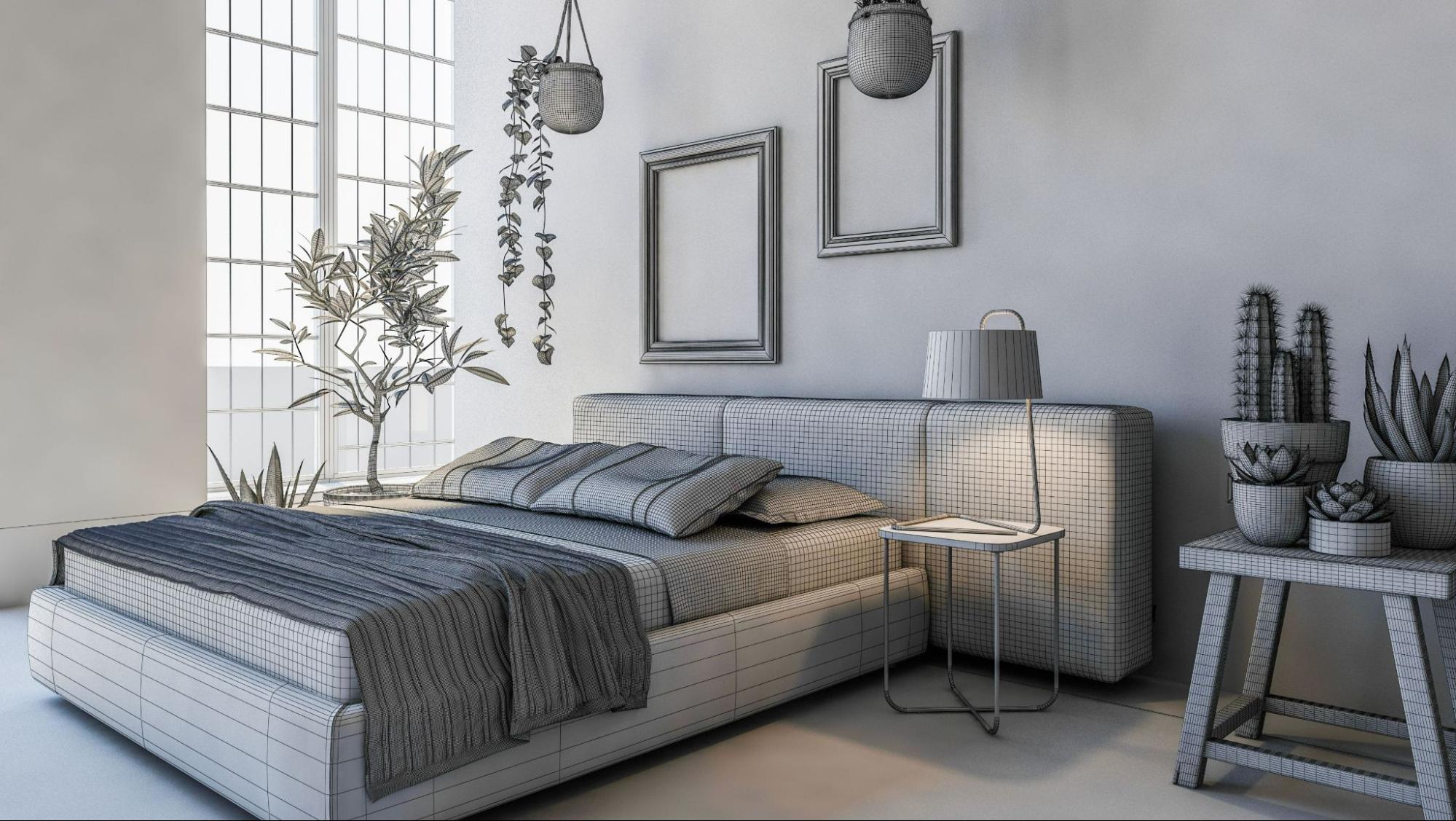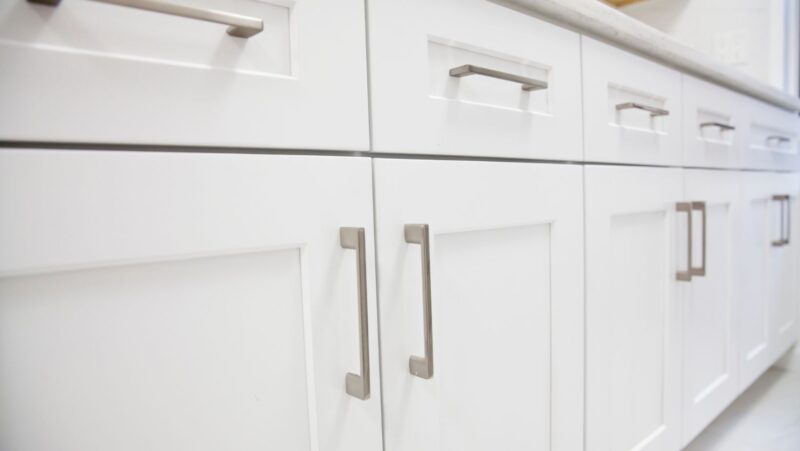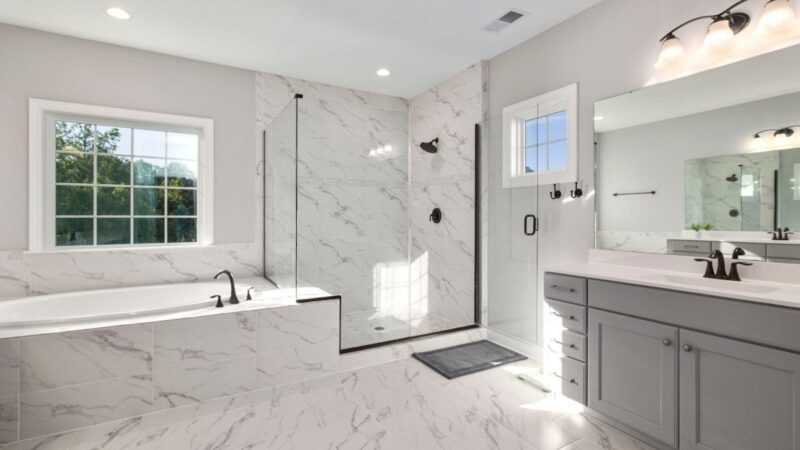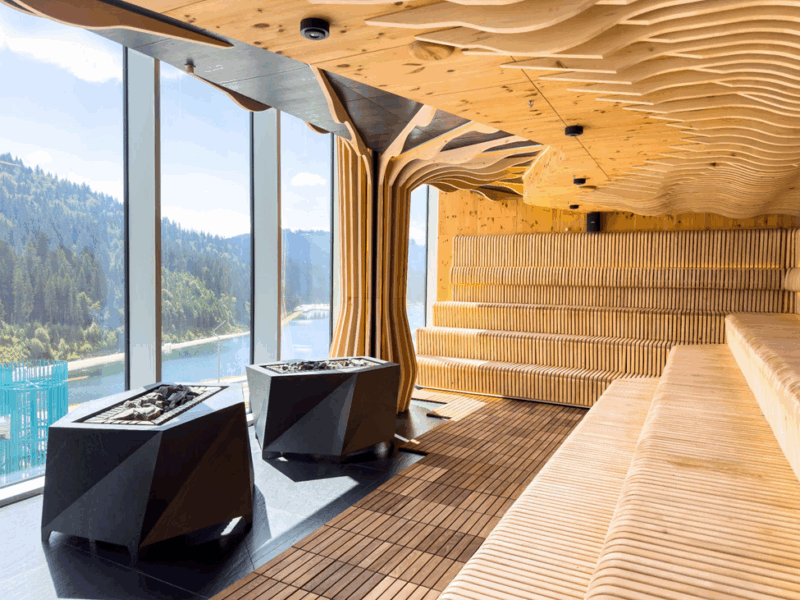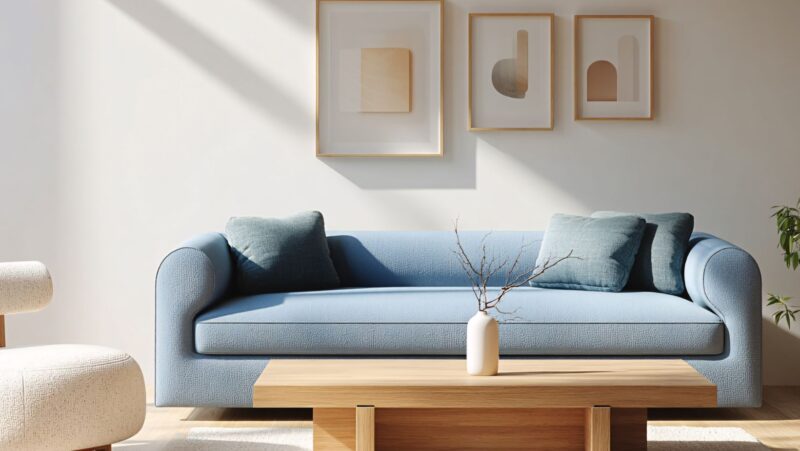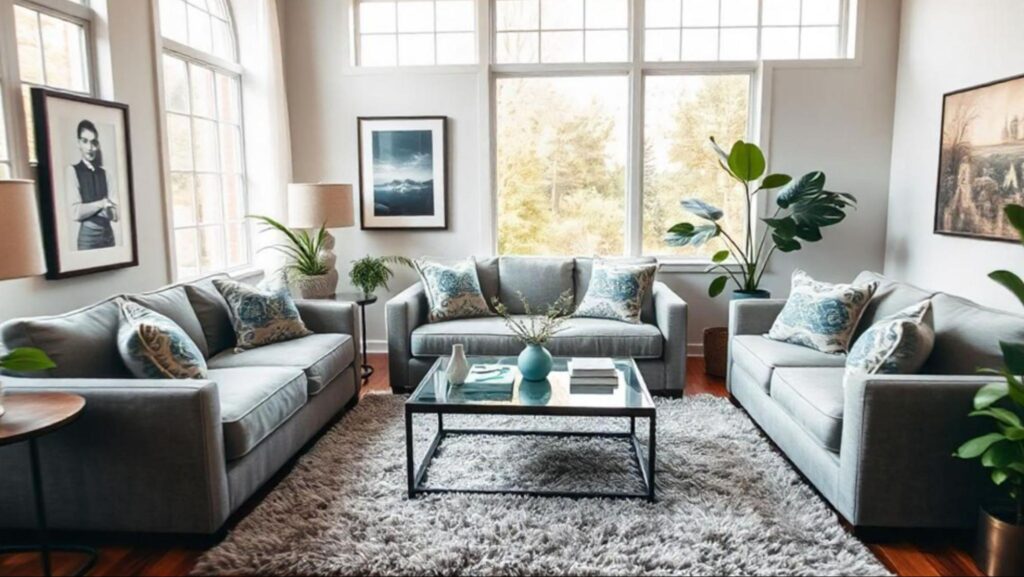
In today’s fast-paced world, where customers expect instant gratification and personalization, the furniture retail and interior design industries have had to evolve. One of the most innovative tools driving this transformation is the living room furniture planner, a digital solution that allows customers, designers, and retailers to visualize, arrange, and refine furniture layouts before making any purchase. It’s a tool that is rapidly becoming indispensable for anyone involved in designing or furnishing a space.
In this article, we will explore what room furniture planners are, how they work, and why they are revolutionizing the design and shopping experience for both businesses and consumers.
What is a Room Furniture Planner?
A room furniture planner is a digital tool that helps users visualize how furniture will look and fit within a room. Using 2D or 3D models, these planners allow users to input room dimensions, select furniture pieces, and experiment with different layouts. Retailers often integrate these tools into their websites, while interior designers might use them in client meetings or as part of their design process. The beauty of these planners is that they offer real-time visualizations, helping users make more informed decisions about their furniture choices.
For retailers, a room furniture planner provides an interactive experience that goes beyond simply browsing furniture online. It turns shopping into an engaging, personalized journey, where customers can test out different configurations, try out different pieces, and make sure everything fits their space. For interior designers, it offers an invaluable tool for collaboration, making it easier to present design ideas to clients, adjust layouts on the fly, and quickly see how design changes will impact the overall look and feel of a space.
How Does a Room Furniture Planner Work?
Room furniture planners are designed to be easy to use while offering powerful functionality. Here’s a breakdown of how they typically work:
- Entering Room Dimensions: The first step is inputting the size of the room. Most planners allow users to manually input room measurements (length, width, and height), and many offer the ability to adjust for odd-shaped or multi-room layouts. Some advanced tools even allow users to scan the room with their phone’s camera, automatically measuring and uploading the dimensions.
- Selecting Furniture Pieces: Once the room dimensions are set, users can select furniture pieces from a catalog. These can include anything from sofas and armchairs to coffee tables, bookshelves, and even decorative accessories. Furniture options typically come with customization features, such as color, size, material, and finish, so users can tailor each piece to suit their style.
- Arranging and Experimenting: After selecting their furniture, users can drag and drop the pieces into the virtual room. The furniture can be resized, rotated, and moved around to experiment with different arrangements. Some planners allow users to try multiple layouts, adjusting for things like traffic flow, lighting, and room function.
For example, experimenting with the placement of modern coffee tables alongside a sectional sofa can help create a balanced and functional living area. Similarly, trying different positions for a stylish bookshelf can enhance both the room’s aesthetics and storage capacity.
- 3D Visualization: Many room planners offer 3D rendering, allowing users to view their designs from various angles. Some planners go a step further by incorporating augmented reality (AR), which enables users to view how their furniture will look in the actual room using their smartphone or tablet. This immersive experience helps ensure that the furniture fits well in the space and matches the desired aesthetic.
- Real-Time Adjustments: The beauty of room furniture planners is their flexibility. As users move furniture around or make changes, they can instantly see how the design evolves. This real-time feedback means that users can refine their space continuously, without having to rely on physical trial and error.
- Finalizing the Design: Once the design is finalized, users can save the room layout, share it with others for feedback, or even proceed to purchase the furniture directly through the planner. Many tools offer integrations with e-commerce platforms, allowing customers to easily order the items they’ve visualized.
Why Are Room Furniture Planners Important for Retailers and Interior Designers?
Room furniture planners are incredibly valuable for both furniture retailers and interior designers. Here’s a deeper look at why these tools are becoming essential in the design and retail process:
1. Improved Customer Experience
When it comes to selling furniture, helping customers visualize how products will fit into their homes is key. A room furniture planner enhances the shopping experience by allowing customers to experiment with layouts, ensuring that they feel confident in their choices. Customers can preview how different items will look together, experiment with room arrangements, and see how their selections will work in a real-life space. This interactive experience boosts customer satisfaction and builds trust, as customers can make more informed decisions.
2. Increased Sales Conversion Rates
For retailers, the ability to offer an interactive tool that helps customers visualize their purchases can significantly increase sales conversion rates. When customers are able to try before they buy — even in a virtual sense — they are more likely to feel confident in their purchase. This reduces hesitation and cart abandonment, which are common in online furniture shopping. Additionally, when customers see how furniture fits perfectly into their space, they may be more inclined to purchase related items, increasing average order value.
3. Reduced Returns and Exchanges
One of the biggest challenges in the furniture industry is the high return rate, often due to customers misjudging how furniture will fit in their rooms. Room furniture planners help solve this problem by providing a realistic preview of how furniture will look in the space, ensuring that customers make better choices upfront. This reduces the likelihood of returns, which can be costly and time-consuming for retailers.
4. Efficient Design Process for Interior Designers
For interior designers, room furniture planners streamline the design process by allowing designers to quickly mock up layouts and experiment with different furniture options. Designers can spend less time physically moving furniture around and more time refining designs and working with clients. These tools also allow for easy collaboration, with clients able to view, comment, and adjust designs in real time. The ability to present a visual concept to clients significantly improves communication, as clients can better understand how their space will evolve.
5. Personalized and Data-Driven Recommendations
Many room furniture planners come with AI-driven features that provide personalized recommendations based on user preferences. For example, a planner might suggest complementary pieces that fit with the customer’s style or offer a layout that optimizes the use of space. These recommendations help guide customers toward furniture choices that meet their needs, improving the overall shopping experience and boosting sales for retailers.
6. Competitive Advantage for Retailers and Designers
Offering a room furniture planner can set a retailer or designer apart from the competition. While many companies still rely on traditional methods like catalogs or static websites, providing a tool that allows customers to actively engage with their design process offers a competitive edge. Businesses that embrace these modern, interactive technologies are often seen as more innovative and customer-focused, which can help them stand out in a crowded market.
Benefits for Consumers
Room furniture planners aren’t just beneficial for businesses; they also offer many advantages for consumers:
1. Time-Saving and Convenience
Gone are the days of visiting multiple stores or spending hours flipping through catalogs. Room furniture planners allow consumers to design their space from the comfort of their home, at their own pace.
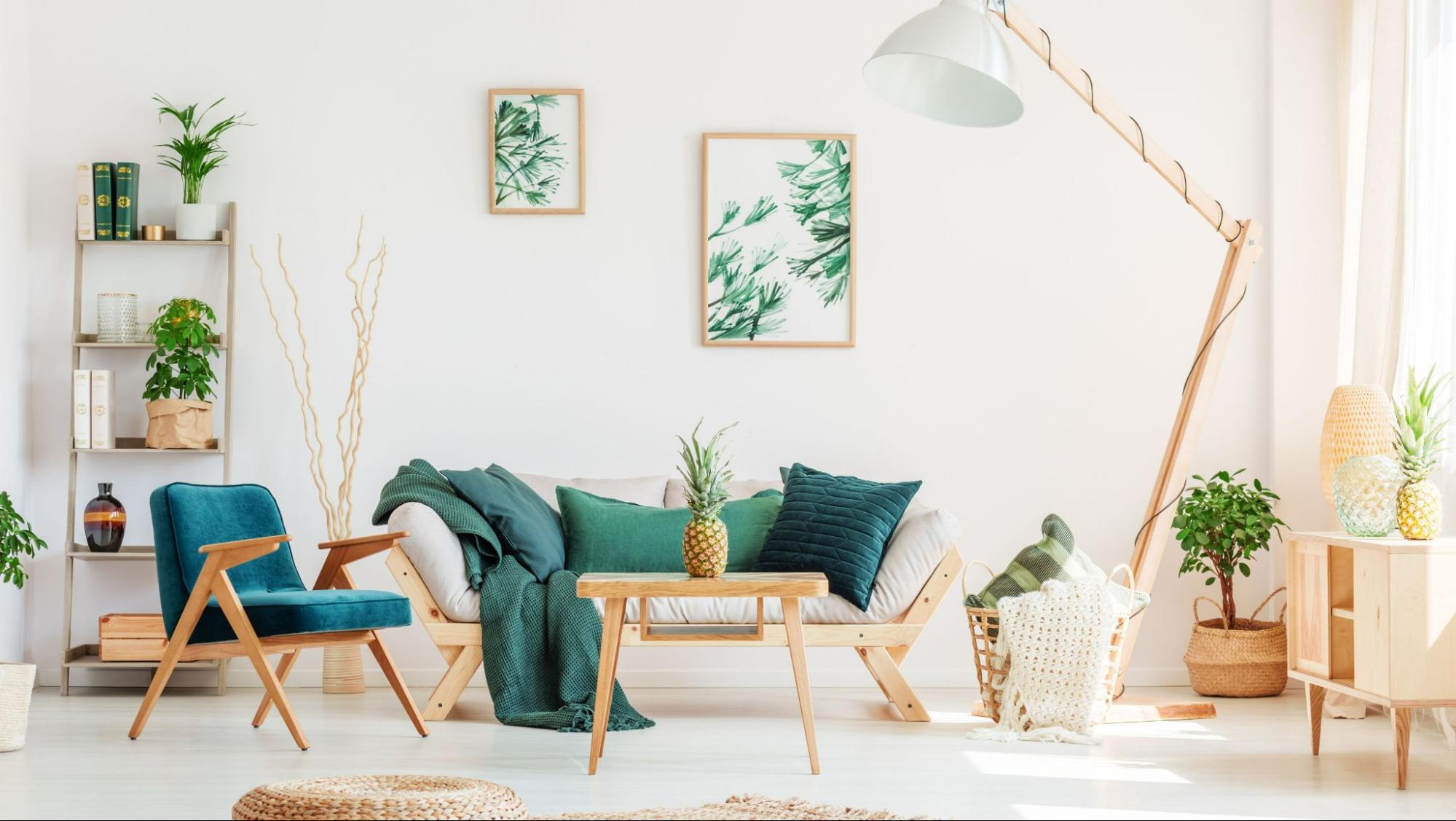
This convenience saves both time and effort, particularly for those who find it difficult to visualize how pieces will fit together.
2. Empowering the Design Process
A room planner empowers consumers by giving them the tools to design their own spaces. Whether they are refreshing a single room or overhauling their entire home, users can experiment with different styles, colors, and layouts until they find the perfect combination. This DIY approach helps build confidence, especially for individuals who may not have formal design training.
3. Reducing Design Regrets
One of the biggest frustrations when designing a space is making a purchase and later regretting it because the furniture doesn’t look as good as expected or doesn’t fit the room properly. With a room furniture planner, consumers can experiment and tweak their designs to perfection before making a final decision, reducing the chance of design regret.
Conclusion
Room furniture planners have become an invaluable tool in the furniture retail and interior design industries. For retailers, they improve the customer experience, boost sales, and reduce returns. For interior designers, they streamline the design process, foster collaboration, and ensure better client satisfaction. Most importantly, these planners offer consumers a chance to personalize and visualize their spaces, helping them make more confident and informed purchasing decisions.

